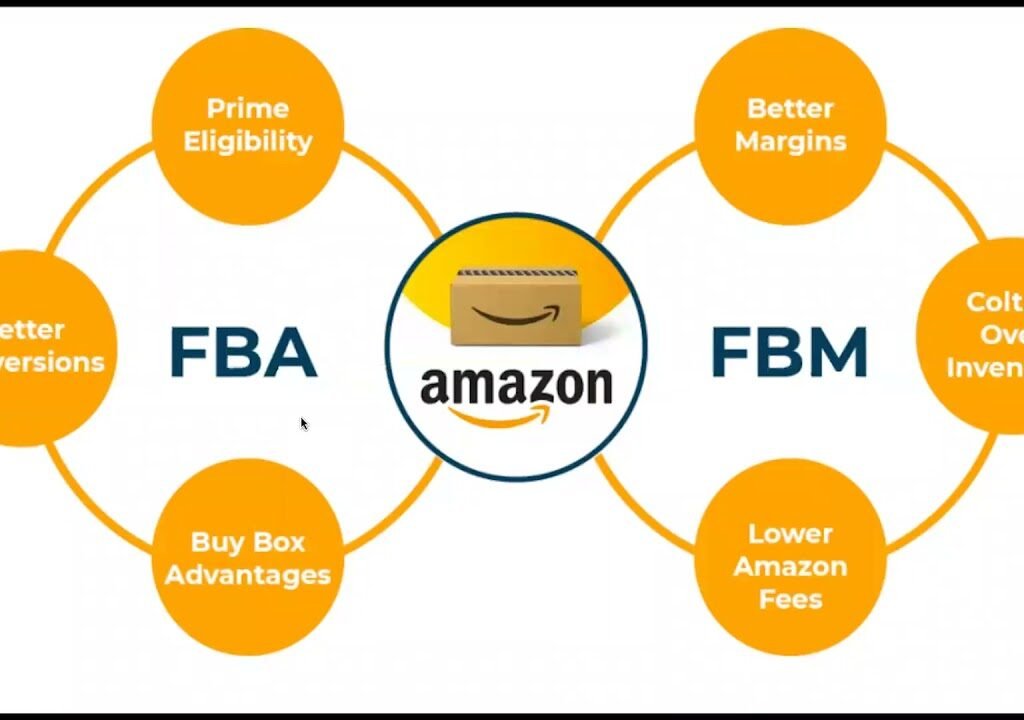A Complete Guide on Amazon Retail Arbitrage

In the fast-paced world of e-commerce, entrepreneurs are constantly seeking innovative ways to make a profit. One such method that has gained popularity is Amazon Retail Arbitrage. This strategy involves buying products at lower prices from traditional retail stores and selling them at a higher price on Amazon. In this comprehensive guide, we will delve into the intricacies of Amazon Retail Arbitrage, exploring strategies, tips, and success secrets to help you navigate this lucrative business model.
What is Amazon Retail Arbitrage?
Amazon Retail Arbitrage is a business model where individuals leverage the price differences between traditional retail stores and the Amazon marketplace. Resellers purchase products at a lower price from local stores, clearance sales, or discounted outlets and then list those items for sale on Amazon at a higher price, thereby making a profit.
How Does Amazon Retail Arbitrage Work?
The process begins with resellers scanning products in physical stores using the Amazon Seller App to check their current prices on the platform. If the reseller finds a product with a significant price difference, they purchase it and list it for sale on Amazon. The goal is to find products that are in demand on Amazon but are available at a lower cost in traditional retail settings.
Getting Started with Amazon Retail Arbitrage
- Setting Up an Amazon Seller Account
To participate in Amazon Retail Arbitrage, you need to create an Amazon Seller account. We’ll guide you through the account setup process, including choosing the right plan, providing necessary information, and understanding the fee structure.
- Tools for Successful Arbitrage
Explore essential tools like the Amazon Seller App, scouting apps, and price tracking tools that can streamline your arbitrage process. These tools help you quickly assess product prices, estimate potential profits, and make informed purchasing decisions.
Finding Profitable Products
- Identifying Profitable Niches
Discover how to research and identify profitable niches on Amazon. We’ll explore methods to analyze product demand, competition, and pricing trends to ensure you focus on products with high sales potential.
- Sourcing Products
Learn effective sourcing strategies, including building relationships with local retailers, attending clearance sales, and utilizing online platforms. We’ll provide tips on negotiating deals and establishing a steady supply chain for your arbitrage business.
Mastering the Arbitrage Process
- Effective Product Scanning
Understand the art of product scanning using the Amazon Seller App. We’ll share tips on efficient scanning techniques and interpreting the data to make quick decisions while sourcing products.
- Pricing Strategies
Explore different pricing strategies to maximize your profits on Amazon. Learn how to set competitive prices while factoring in fees, shipping costs, and other expenses.

Overcoming Challenges
- Dealing with Competition
As with any business model, Amazon Retail Arbitrage comes with its challenges, including competition. Discover strategies to stay ahead of the competition, differentiate your listings, and maintain a competitive edge.
- Managing Returns and Customer Service
Learn how to handle returns and provide excellent customer service to build a positive reputation on Amazon. Positive reviews and customer satisfaction are crucial for long-term success in the arbitrage business.
Legal and Policy Considerations
- Amazon’s Policies and Guidelines
Understand Amazon’s policies regarding Retail Arbitrage to ensure compliance and avoid potential issues. We’ll delve into important considerations, such as restricted products, account health, and avoiding policy violations.
- Tax Implications
Explore the tax implications of running an Amazon Retail Arbitrage business. We’ll provide an overview of tax obligations, record-keeping best practices, and the importance of staying compliant with tax laws.
Scaling Your Arbitrage Business
- Automation and Outsourcing
Discover strategies for scaling your Amazon Retail Arbitrage business, including automation and outsourcing. We’ll discuss tools and services that can help streamline your operations as you grow.
- Diversification
Explore ways to diversify your product offerings and expand into new niches. Diversification can help mitigate risks and create additional revenue streams for your arbitrage business.
Conclusion
In this ultimate guide to Amazon Retail Arbitrage, we’ve covered the fundamentals of the business model, from getting started to overcoming challenges and scaling your business. By implementing the strategies, tips, and success secrets outlined in this guide, you’ll be well-equipped to navigate the world of Amazon Retail Arbitrage and build a profitable e-commerce venture.


 English
English 









